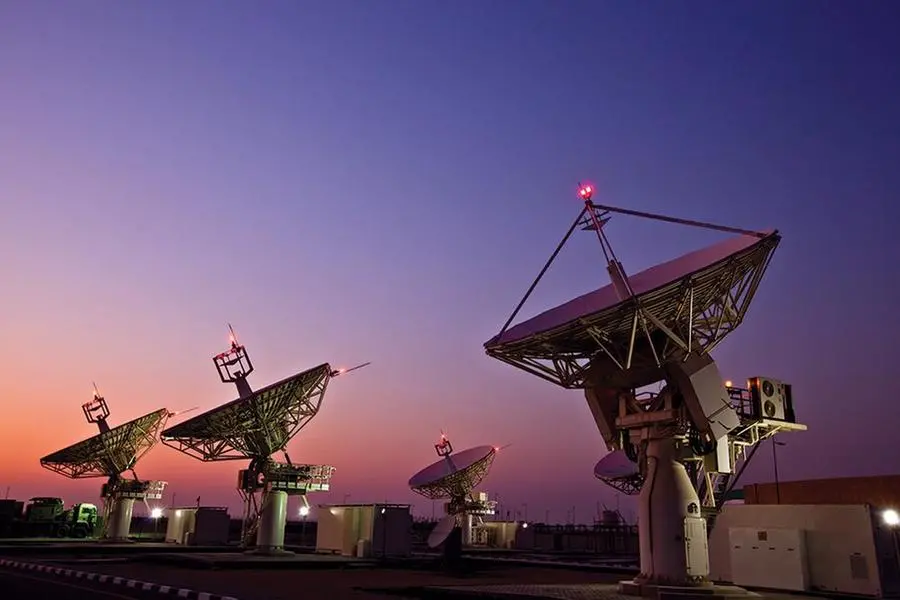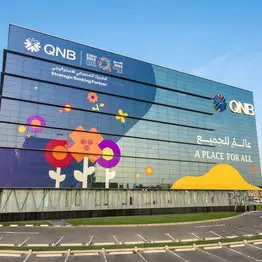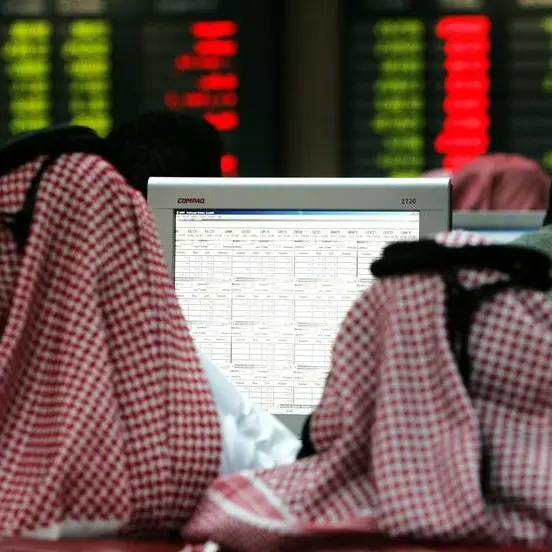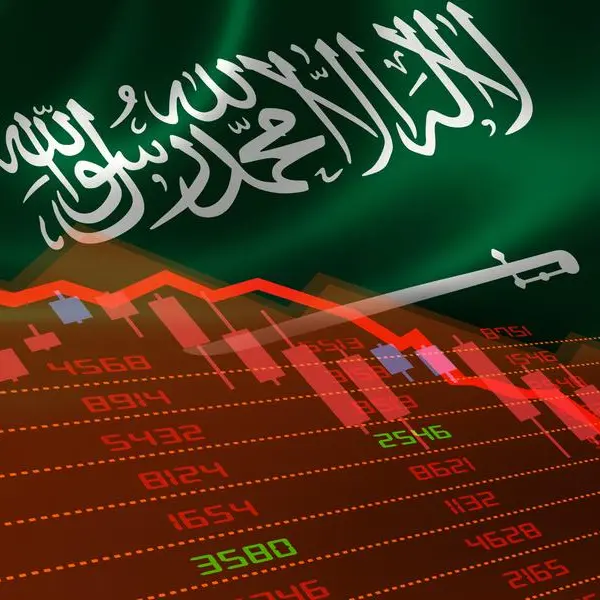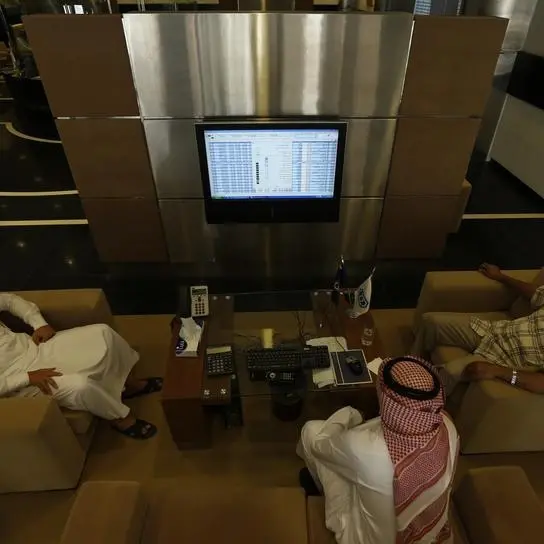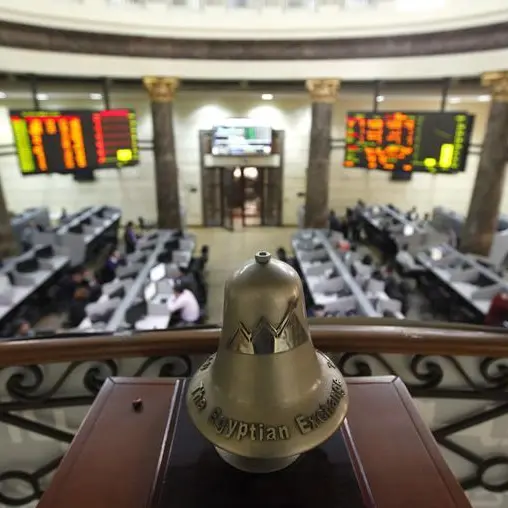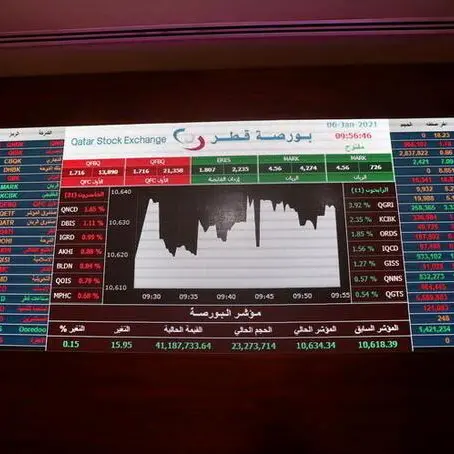PHOTO
Abu Dhabi’s plans to unlock the share value of some of its key economic assets are gathering steam, with initial public offerings (IPOs) of a number of public enterprises expected in 2018, in moves that could encourage private sector companies to follow suit.
On February 27 Mubadala Investment Company, which plays a key role in Abu Dhabi’s investment activity, announced that a stake of 10-15% in one of its key holdings, Emirates Global Aluminium (EGA), would be floated later this year.
Khaldoon Khalifa Al Mubarak, the company’s chief executive, said Mubadala has been working towards getting ready for a listing for several years and noted, “the market is in the right place”.
Jointly owned by Mubadala and Investment Corporation of Dubai, EGA is the world’s third-largest producer of primary aluminium outside of China, with output of 2.6m tonnes in 2017. It generated profits of Dh3.3bn ($898.6m) for the year, a 59% increase over 2016.
EGA’s offering may take the form of a joint listing on the exchanges of its two owning emirates, according to some local press reports, though this is as yet unconfirmed. Should it list both in Dubai and Abu Dhabi, it would be the first UAE company to be represented on both exchanges.
The firm’s sale looks set to be just the start of Abu Dhabi’s plans to unlock the share value of some of its key economic assets in 2018. In an interview with Bloomberg, also on February 27, Al Mubarak said shares in at least two more of Mubadala’s holdings could be offered to the public this year.
Strong interest in public assets
In his interview with Bloomberg, Al Mubarak said any partial flotation of EGA could generate around Dh11bn ($3bn), topping the Dh7.7bn ($2.1bn) total value of IPOs in the UAE last year.
Of the UAE total for 2017, the emirate’s contribution came from the IPO of ADNOC Distribution, the fuel distribution unit of Abu Dhabi National Oil Company (ADNOC), which raised $851m. The offering of 10% of the ADNOC subsidiary’s shares last December represented the largest single IPO conducted in Abu Dhabi in a decade and the first in six years.
Interest in the issue was strong, with the offering being oversubscribed 22 times, a level of demand that bodes well for future IPOs from public enterprises.
The listing also helped to balance the Abu Dhabi Securities Exchange away from its heavy weighting towards the banking, financial and real estate sectors, broadening the market for investors and offering a model to other firms thinking about going public in what is hoped to be a reinvigorated market for IPOs.
That weighting could shift further, with ADNOC chief executive Sultan Al Jaber hinting that the company could be considering the listing of other units in the future, saying at the time of the launch that minority sales in other subsidiaries were possible, and repeating in late February there were “some new creative capital structures ideas” that would be introduced soon.
With ADNOC looking to embark on a programme of expansion, and in particular building on its downstream activities where it foresees strong growth potential, the company could again tap the IPO market to fund the investments needed to achieve its goal of boosting petrochemicals output to 14.4m tonnes by 2025, three times present levels.
Conditions ripe for listings
Though the government is leading the resurgence in IPO activity in the UAE, the authorities have been working to ease regulations to make listing more attractive for private businesses, launching reforms in 2015 to this end. Improving market conditions could also provide an impetus going forward.
Globally, IPO volumes in the first nine months of 2017 exceeded the full-year total for 2016, according to consultancy EY, while more locally the increasing stability in oil prices, which hit a two-year high in September last year, has enhanced confidence among the business community. The latest OBG Business Barometer: UAE CEO Survey, released this month, found that 30% of private sector CEOs in the UAE see MENA as the region with the greatest potential for trade and investment flows, followed by South Asia and East Asia at 22% each.
© Oxford Business Group 2018
